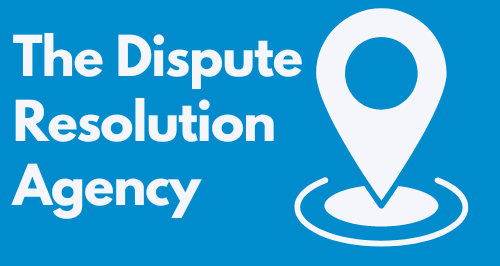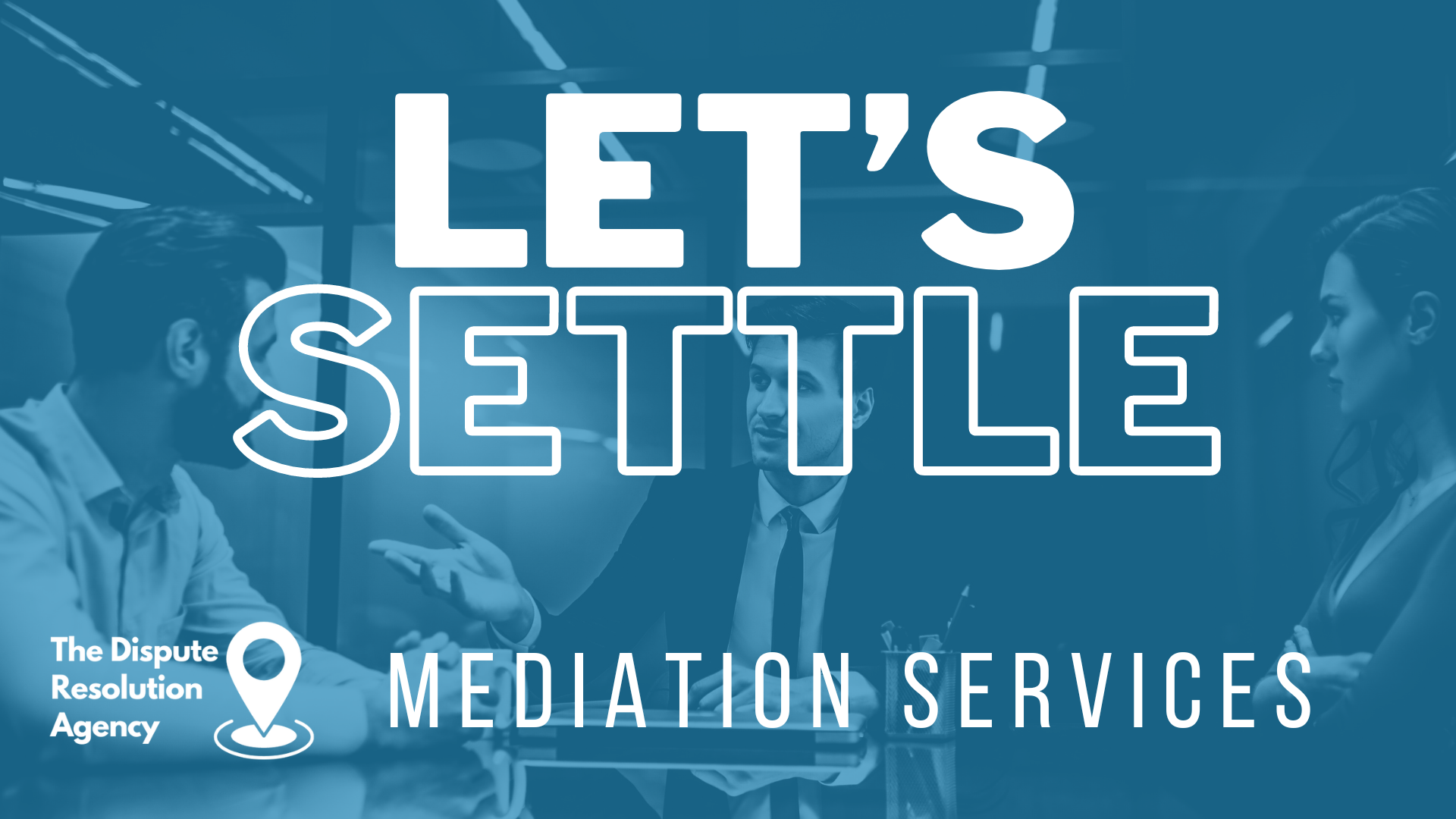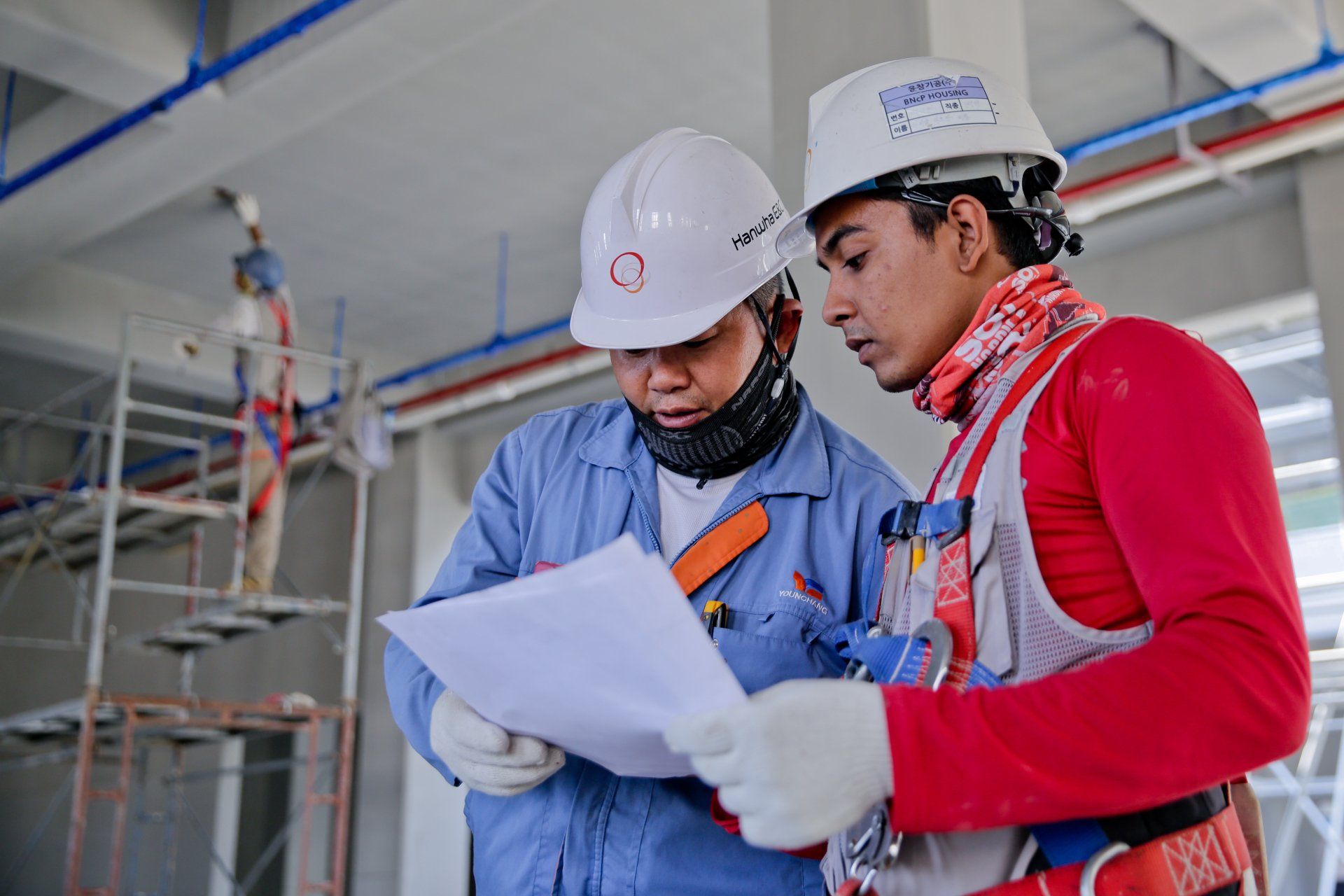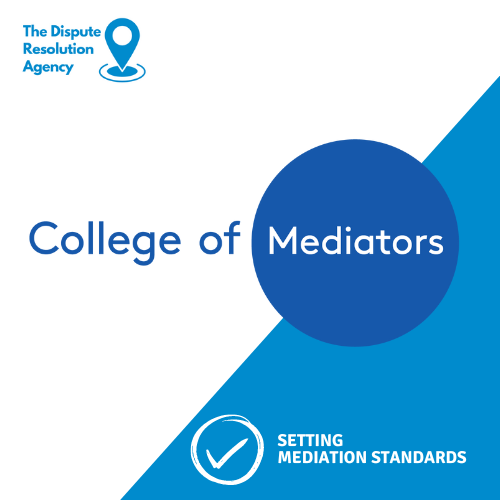Mediation in Construction Disputes – Fitness for Purpose: Part 1 Facilitative Model
Written by Gordon Tregaskis

This article has been written for decision makers, project managers, and contractors who are looking for ways of resolving disputes without recourse to litigation of arbitration. It will also be of interest for those currently engaged in formal dispute processes where the costs are likely to outweigh any benefit which ultimately materialises. The article is based on the writer’s experience in the middle and far eat construction markets where the UK remedy of Adjudication does not exist in statutory format.
Construction disputes can be complex and costly. Many disputes can be avoided through effective project management, clear contract documentation, and regular communication and liaison promoting mutual understanding. Where these and other sensible arrangements have been absent, alternative dispute resolution methods such as mediation, adjudication, or arbitration/court proceedings may be necessary to supply such omission. Construction disputes invariably boil down to time or money claims. Is mediation fit for the purpose of resolving all, or only some disputes?
Disputes can arise from a variety of factors. They often involve complicated issues that can lead to disagreements among project stakeholders. Some common technical factors that contribute to construction disputes include, differences in contract interpretation, design development becoming confused with scope creep, delay issues particularly concurrent delay, environmental regulations compliance, workmanship, and rework, together with many other technical factors. The common denominator of most disputes is the question of who pays for the additional time and cost incurred to complete the project. Esoteric arguments on who owns the float in a P6 programme rarely helps to resolve matters.
One common factor, consequent on a dispute emerging, is the gradual degradation of relationships which prevent effective communication. There are always human factors which compound already degraded relationships such as lack of trust, perceived power imbalance, emotions including anger and retribution, adversarial attitudes reinforced by legal counsel, and sheer bloody mindedness. Historically, the construction industry has been the realm of testosterone fuelled alpha males imbued of self-belief who see compromise as a weakness. That paradigm is slowly changing.
The Employer and/or Contractor may see mediation as an unnecessary form of weakness and prefer a resolution that aligns more with their needs and demands for a victory. Often the Influence of Legal Counsel representing the parties may promote traditional litigation or arbitration because it aligns with their expertise and billing practices. Abdication of a decision to a judge or arbitrator offers the prospect of a comforting third party to blame in the event the decision goes against one or other party. Any or all of these factors may discourage parties from pursuing a mediated solution and require the parties to embark on expensive litigious solutions. In mediation the parties retain control. This is not the case where the issue is given to a third party judge to resolve.
From personal experience I know Mediation does work. On my web site (tregaskismediation.com) I cite several examples of cases I have mediated where resolution of complex construction and engineering disputes has been achieved through facilitated dialogue between decision makers. Often the people who managed the circumstances giving rise to the dispute have vested interests in the outcome. Their job or future employment prospect may depend on the correct site instructions given and acted upon. It is to be preferred such protagonists retire to a supporting role and allow the decision makers to assess what is right going forward rather than who was right and who was in the wrong t take certain actions in the history of the project.
The Dispute Spiral Model, often referred to as the "Conflict Escalation Model" or simply the "Conflict Spiral," is a theoretical framework that describes how conflicts can escalate and intensify over time if left unresolved or mismanaged. This model is commonly used in the field of conflict resolution and helps to illustrate the dynamics of conflicts as they progress through various stages. The model typically consists of several stages or phases, which can vary in number and terminology depending on the source.
At the initial stage, there may be underlying tensions, disagreements, or issues between Employer and Contractor or Contractor and Subcontractor or personal issues between their respective representatives. These subliminal conflicts may be hidden or be simmering beneath the surface and may be reflected in personal opinions or observations expressed in allegations of poor timekeeping, under resourcing, delivery, or workmanship.
Later, one or both parties become aware of the existence of a conflict. Perceived conflict may be triggered by an event or a perceived threat, such as a formal notice of claim, disagreement based on a misunderstanding of facts or contract terms, or even a specific incident that brings the conflict to the forefront. At this point, emotions and feelings associated with the conflict, begin to intensify. Parties may experience anger, frustration, or resentment and be intent on getting their retaliation in first.
Communication will become the first casualty and more strained as emotions rise. Exchanges of correspondence justifying or rejecting a claim may well increase exponentially and irrationally. Communication requires both a transmitter and receiver. With both parties in transmit mode no-one is listening or receiving which means communication simply does not occur. As a result the conflict becomes evident and observable to others. It may manifest as open disputes, arguments, or confrontations between the parties involved. Communication continues to deteriorate, and the conflict becomes more pronounced and pernicious.
Unless resolved the contracting parties may engage in further intensification of the conflict. Either or both parties may engage in hostile behaviours, such as personal attacks, threats, or overly aggressive actions. There is a often a mistaken belief that one party imposing sanctions on the other such as dubious backcharges, deductions from and/or delay in due payments will result in better behaviour when the contrary is often the case. Trust between parties erodes, making resolution more challenging and ultimately resulting in deadlock.
At the deadlock stage, the conflict has reached a point where parties are unable or unwilling to make concessions or find common ground. The situation may become stuck, with resolution appearing to be increasingly unlikely. This in turn can manifest in further hostile behaviour affecting the project as a whole with for example, deliberate withholding of necessary liaison to resolve work front conflicts and raising further doubtful claims to reduce a perceived imbalance of power.
Facilitative mediation is part of the de-escalation process and marks a turning point in the conflict spiral. More senior representatives of the parties agreeing to mediate may realise and recognise the need to reduce tensions and find ways to communicate constructively. On such realisation mediation or negotiation efforts may be initiated. Far from being a sign of weakness, a willingness to mediate is a declaration of strength and confidence in a party’s negotiating position. In the final stage of mediation, the parties invariably work together toward resolving the conflict or transforming the dispute into a more manageable or productive form. This may involve finding a compromise, addressing underlying issues, or exploring win-win solutions.
Mediation takes courage and boldness to confront the initial criticism and accusations which will be challenging for both parties. As an aside the writer has rarely noted win-win situations with both parties happily skipping of to credit their respective bank accounts. The sense of reality imposed by mediation often involves the parties in accepting the need for compromise. The skill is to find compromises which are of limited value to one party whilst of great value to the other. In this sense mediation reflects a mutual climbdown from entrenched positions to allow this project or future projects to be manged in an environment of professionalism and mutual respect.
It's important to note that conflicts do not always follow a linear pattern, they can loop back or skip stages and simmer over time leading to an eventual explosion of emotion and vengeance. Additionally, effective conflict resolution strategies and interventions, such as mediation, negotiation, or communication techniques, aim to interrupt the escalation of conflicts and facilitate de-escalation and resolution at an appropriate early stage before litigation is irreversible and involve substantial expense.
Understanding the Dispute Spiral Model can help Employers and Contractors/Subcontractors recognise the progression of conflicts and take proactive steps to manage and resolve them effectively before they reach destructive and entrenched levels. Where such conflicts have become well established the introduction of a neutral and independent mediator can facilitate effective communication by mediation techniques ensuring there is reception of concerns as well as transmission.
What qualities should you look for in a construction dispute mediator? Primarily both Employer and Contractor need to have confidence in a mediator who brings a wealth of knowledge, experience, and professionalism to the field of construction dispute resolution. The mediator’s track record of dedication to finding fair and equitable solutions to complex construction disputes must be commendable and demonstrate expertise in the possession of a deep understanding of construction industry practices, regulations, vocabulary, and legal frameworks. This expertise enables the mediator to quickly grasp the technical and legal aspects of the dispute. Neither party should be exposed to having to explain the arcane intricacies of concurrent delay or what constitutes a critical path in Primavera P6, to the mediator.
The mediator should also excel in fostering effective communication among all parties involved in a dispute. His ability to facilitate open and constructive dialogue will be instrumental in reaching mutually beneficial resolutions. At the same time a mediator must also be unwaveringly impartial and neutral, ensuring that all parties are treated fairly and equitably throughout the mediation process which, together with an innate talent for problem-solving and conflict resolution, will lead to identifying the root causes of the dispute whilst guiding parties toward mutually acceptable solutions.
A mediator will always try to get to the agenda behind the positions adopted. It is often easier to address particular agendas rather than entrenched positions. The reason for denial of extensions of time may be the result of financial covenants in relation to repayment start dates. In this case the Employer may need to renegotiate its financing in order to get the Contractor onside and to accelerate for the earliest possible delayed completion. Similarly the Contractor may be exposed to rising costs which will result in delays to production and may lead to failure. The Employer’s interest lies not in a failed construction project and a good claim which will put the contractor out of business but in a successful on time built environment asset which is earning money.
If costs increases are truly affecting the project then termination and rebid will not realistically help. The fact an employer can call performance security or sue the Contractor does not assist in the short term and may ultimately be seen as pyrrhic. Other ways of getting the project back on track can be explored in mediation and the pursuit of a satisfactory mutually acceptable outcome. All of this is achieved privately in an atmosphere of confidentiality. In common law such mediated negotiations are ‘without prejudice’ and in other jurisdictions under strict confidentiality undertakings.
The mediator must approach disputes with empathy and a deep understanding of the emotional and financial toll the issues in dispute can take on both Contractor/Subcontractor and Employer. An empathetic approach helps create a supportive environment for parties to express their concerns in the safe space of mediation. Concerns can be explored pro-actively in break out rooms in absolute confidence. Where a party agrees for a proposal or communication to be brought by the mediator to the other side then the mediator may use some diplomatic licence in communicating the idea, if not the actual words. A message transmitted from the Employer that the Contractor’s Representative is a lying, duplicitous, untrustworthy, egit may be translated by the mediator as “the Employer is concerned about the accuracy of your claim and would invite enhanced transparency in certain defined respects”.
A mediator at all times must exercise efficiency and ability to keep the mediation process on schedule respecting deadlines and ensuring that disputes are resolved in a timely manner. The mediator’s professionalism and integrity must be beyond reproach. He/she must maintain the highest ethical standards and instil confidence in all parties involved.
Mediation empowers parties to think differently about how to negotiate. If the parties do not settle on the day, often the matter settles shortly afterwards once arguments and interests are explored and subsequently digested. The facilitative model ensures the decision to settle and on what terms remains with the parties. Decisions are not abdicated in favour of a Judge or Arbitration Panel who will decide the issues primarily on evidence and outside the control of the parties. In this sense justice in formal legal proceedings is winning only what you can prove.
The mediator neither takes sides nor makes judgement. In private caucus the mediator may reality test both sides case for authenticity and mirror positions to show unreasonableness, but no judgment will be made or side taken. For example the writer has on occasion pointed to the weight of judicial precedent against an adopted position and submitted a rough estimate of costs for a case going to the Supreme Courts to overturn Court of Appeal decisions. At the same time the mediator will encourage each party to think of alternatives to the cost of litigation and even enquire whether their lawyers have such genuine belief in that party’s position and are working on a no win no fee contingency or fees in any event.
A mediation agreement will be signed immediately prior to the mediation meeting. The mediation meeting can sometimes take several days particularly with untidy final account negotiations where a great number of disputed items remain in contention at the end of a large project.
The most important requirement for a successful mediation is the confirmation that each party will produce a decision maker, who is fully committed and empowered to resolve all issues. This requirement will be recorded in the mediation agreement. With decision makers rather than protagonists in the room a resolution is more likely. Moreover successful resolution in a reasonable, polite business like and professional process often, in my experience, results in further business being done between the parties at some future point.
The mediator will record the resolution of issues in a settlement agreement which he will insist is signed as soon as the agreement is produced and available that day. Whilst the mediator may be invited to the pub or restaurant to celebrate resolution he will usually decline citing train or plane schedules.
Any Contractor or Employer who has successfully engaged in facilitative mediation will enthusiastically confirm its fitness for purpose. Even those mediations which are not successful can bring understanding of the other side’s case and cause reflection leading to settlement over the ensuing weeks and months purely because communication has been restored.
To answer the question posed at the outset of this article, the writer believes mediation is fit for the purpose of resolving all disputes, even complex legal disputes where the cost of being right outweighs the need to resolve the dispute amicably and move forward without prejudice.
If the above resonates with you and you would like some advice or guidance, please see our expert panel of Construction and Infrastructure Mediators and Dispute Resolution professionals.
This article was kindly written by Gordon Tregaskis,, leading Mediator, Arbitrator and Barrister. Please read more about him on his DRA Profile.
Expert Advice



